If you do want to get into the farming business, there is one thing that you really need to keep in mind otherwise you may find your career ending a bit sooner than expected, and that is the adaptability factor.
Many people choose to start up their business pretty early on, without a care in the world, thinking that as long as they do what everyone else does, they’ll make it eventually.
While this can work out for you though, you may want to look into what works best for your farm, because while most people would go with a certain breed of cattle for example, that breed may not work out for you on the long run.
This is why we always preach that you go for something that checks off all of the boxes to make your life all the easier, especially during those first couple of years.
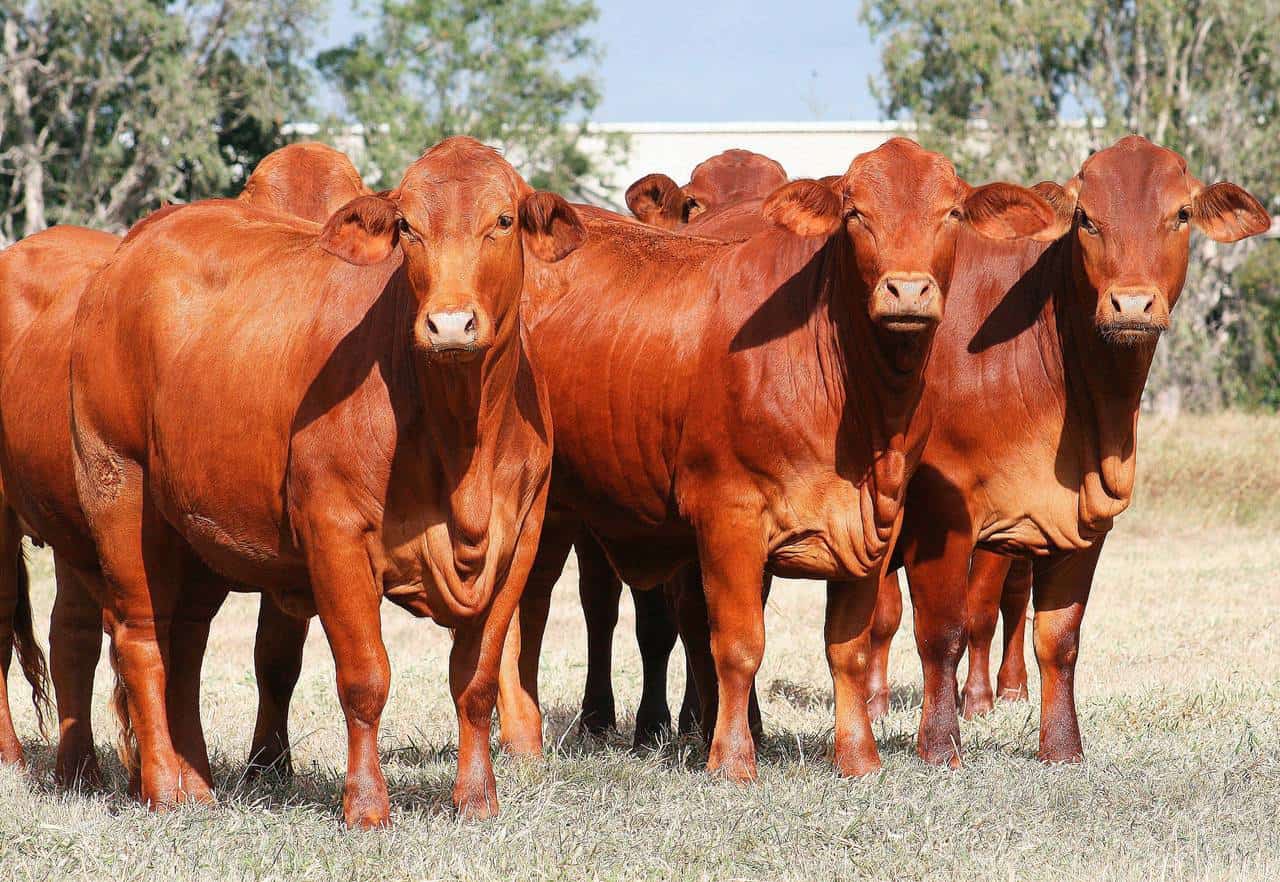
But if you do primarily look for adaptability when it comes to your cattle, what breed should you go for? There are so many options out there after all, so actually finding the perfect one is definitely not going to be easy, right?
Well, luckily for you, there is a breed that is known to be foolproof when it comes to helping you get started up on your journey to become a cattle farmer, and that is none other than the Droughtmaster cow breed.
But what makes it so special and more importantly, is this the right breed for you? That’s what we’re here to find out together, so let’s just start off with the basics, aka:
The Origins of the Droughtmaster Cow

The term “Droughtmaster” was actually first used by a group of cattlemen from North Queensland. They would eventually end up developing the breed by crossing the Bos taurus and the Bos indicus breeds.
The main reason as to why they did this is to overcome the perennial problems of drought cattle ticks, heat, eye cancer and more, because they reduced production and profitability for the cattle owners.
When cattle ticks came into North Queensland around the year 1896, these breeders knew that they had to do something, otherwise they’d lose all of their hard-earned money in the near future.
So, they started testing, breeding herds of British breed cattle, showcasing the fact that they could not live in a harsh tropical environment.
So, crossbreeding was the next logical step, and by the year 1910, three Zebu Bulls were brought into their possession from the Melbourne Zoo.
These bulls were exceptionally sturdy, they could withstand anything with ease, which in itself resulted in them being picked out as the main bread and butter in the new breed that the Droughtmasters were working on.
Around 1926 is when a norther grazier spotted an interesting development, as the region started to experience some serious drought conditions unlike anything they’d ever seen before.
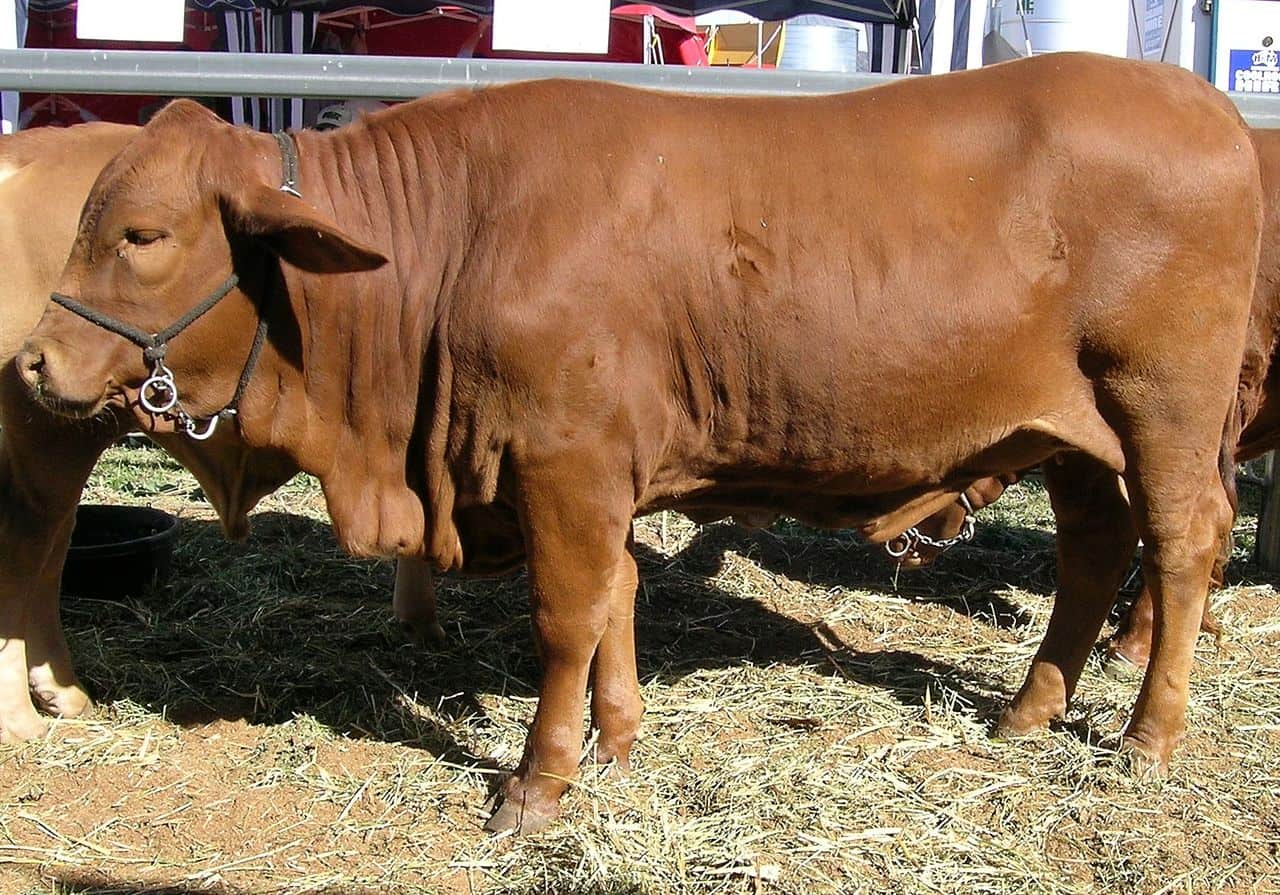
During this time period though, he realized the fact that the Zebu-British cross cattle were still doing perfectly fine even when faced off against incredibly harsh conditions.
As such, he decided to start his own program, developing a breed that had the attributes required to survive and adapt through the harsh tropical conditions with ease.
In order to do that he needed to take the hardiness of the Zebu cattle and combine it with the British breeds that could still give the breed the right proportions to be used for meat.
As such, a consignment of Brahman cattle was brought here in the early 1930s, and before long, the creator Monty Atkinson was finally able to complete his vision, narrowing the gaps between the breeds altogether.
During the 1940s, Mr. Robert Rea, another great cattle breeder, decided to take it upon himself to further improve this breed, developing a herd suitable for the Queensland environment in the process.
This became known as the Kirknie herd, and it was started with a red half-bred Brahman bull, only to be followed soon after by a purebred Brahman. Besides these two breeders there was also Mr. Louis Fischer from Daintree, who contributed heavily to the development of the Droughtmaster breed.
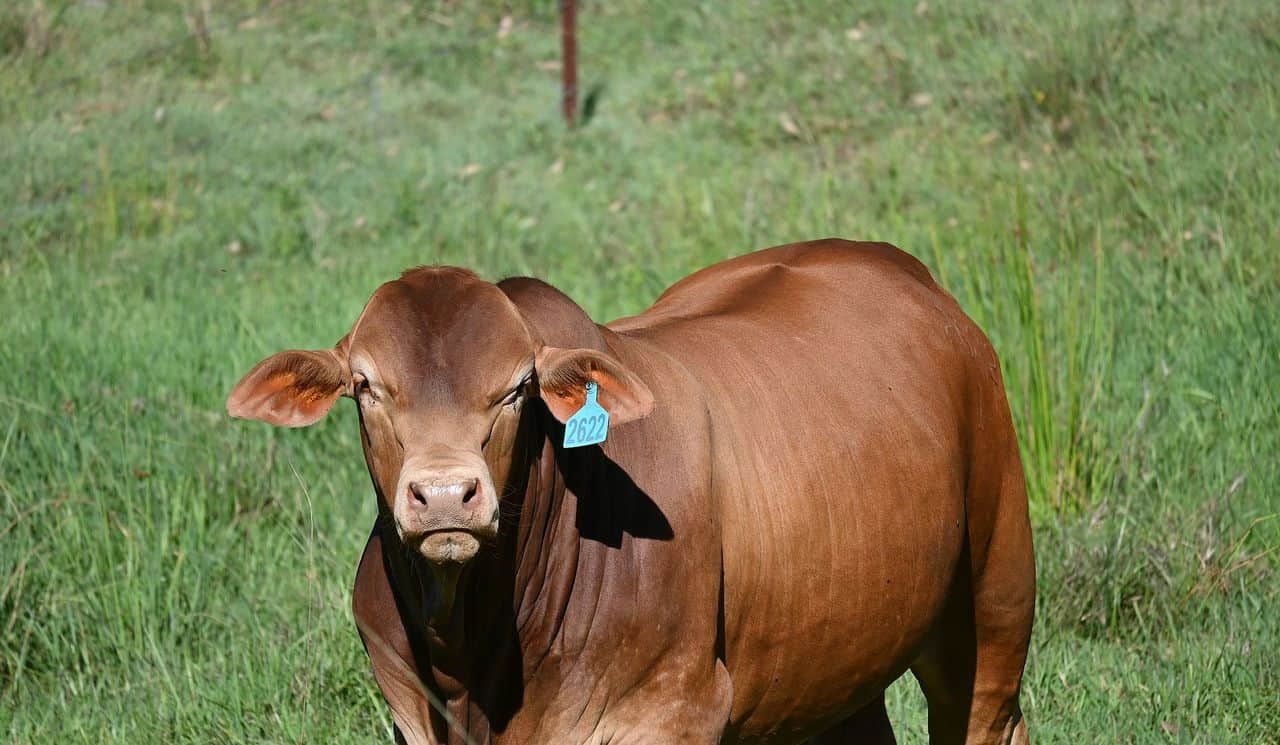
These pioneers ended up going through a long and arduous culling and selection process which would eventually fully cross the Bos indicus and Bos taurus genetics, making the Droughtmaster breed and adaptable, fertile and easy to take care of breed altogether.
Nowadays, while it is nowhere near as popular as some other cattle breeds such as the Brahmans, it is still considered to be one of the top breeds in the world, especially so for new cattle owners out there.
So, if that sounds like your cup of tea, you should definitely consider getting your hands on a good Droughtmaster or two, but if you’re still not convinced then keep on reading because we’ve got more info for you, such as;
Droughtmaster Characteristics
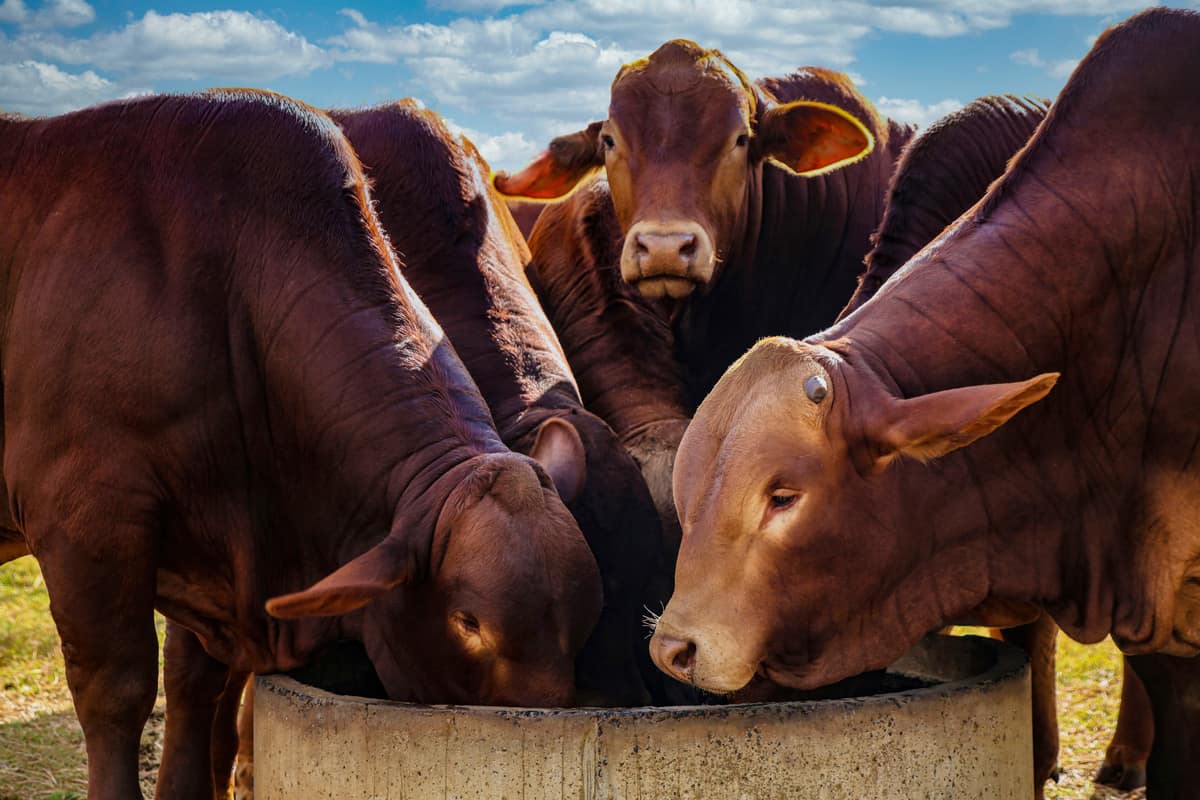
The Droughtmaster is a fairly large sized breed that is usually found in tan or downright red color. It is known for its short and sleek coat alongside all of the loose skin that is primarily meant to help them cool down in the sun.
They are also known for calving easily, maturing very fast and of course, their unusually high milk production.
The bulls are known for being very calm and docile, and they also mature early, making them great to have around if you want to start a herd of your own.
You can see a moderate hump and a shallow fat cover on their body too, but when it comes to their heads, they can either be horned or polled, with the majority of them being polled.
They are known for being extreme foragers, and they can walk for miles without getting tired. On top of that they are very resistant to parasites and they can easily survive through tough conditions thanks to their superior genes.
If you are looking for a good source of beef, you can’t go wrong with the Droughtmaster either as they yield fairly large and high-quality carcasses of beef, and they are also quite fertile, making it easy to breed them later on down the line.
All in all though, Droughtmaster cattle have something for everyone, to the point where it’s pretty easy to see why they caught on so quickly. But, while the main characteristics of the breed are amazing on their own, we haven’t even touched upon their main benefits yet.
The Benefits of Owning a Droughtmaster
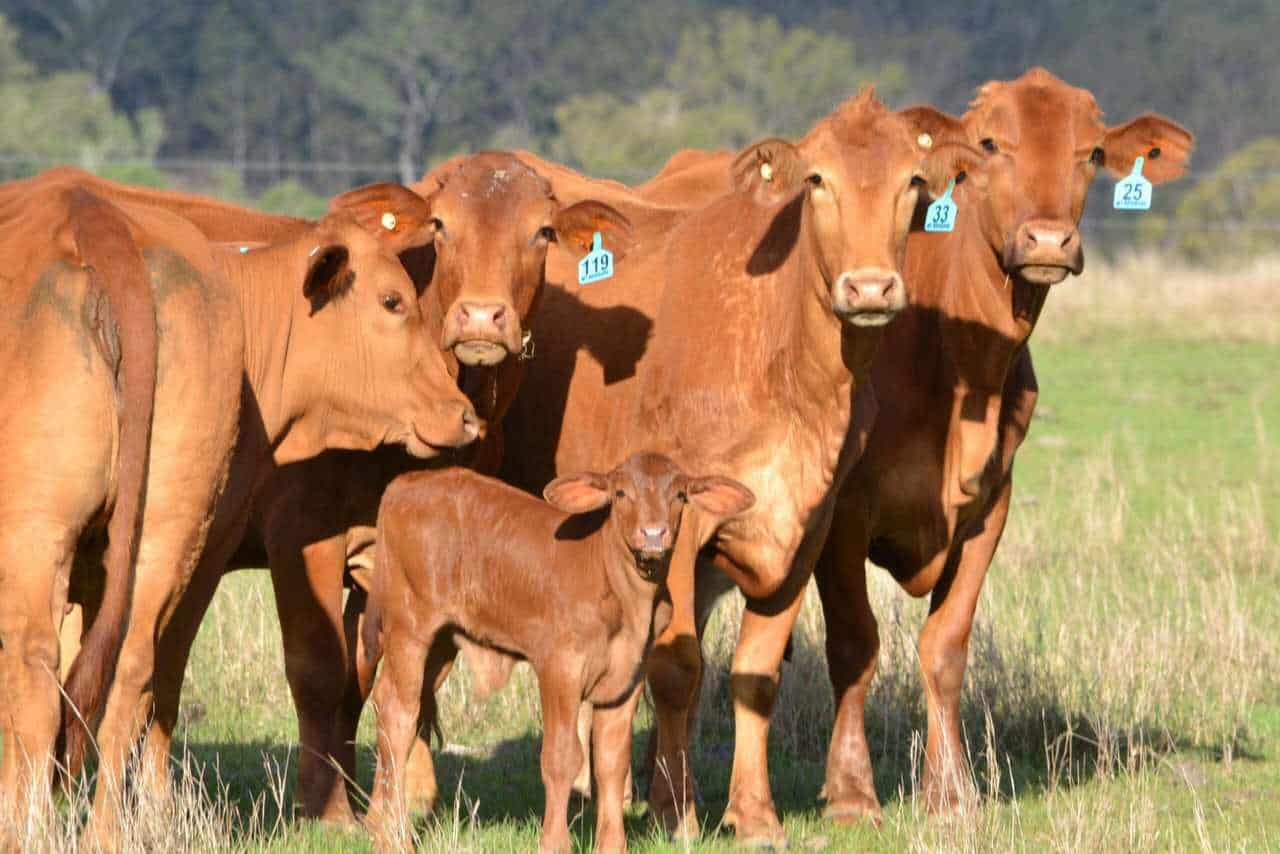
So, what exactly is so great about owning a Droughtmaster cow? Well, for starters, they are extremely parasite-resistant, so if you often times have to worry about cattle ticks mowing down your herd, you may want to invest in some Droughtmaster cattle.
Most of the problems that cattle face off against actually stem from these cattle ticks, including low birth weights, loss of condition, decreased milk production and of course, contracting the often times fatal Tick Fever.
On top of keeping your herd out of harm’s way, the Droughtmaster cattle are also very resistant to internal parasites, meaning that you won’t have to worry about vaccines all that much, which will really save you a lot of money on the long run.
And of course, we can’t forget about the fact that Droughtmaster cattle, as the name implies, are very good at surviving and adapting through conditions that most other breeds couldn’t handle.
They require a lot less water than other beef cattle, and they have a much slower metabolic rate which makes them the perfect breed to have around you during drought seasons.
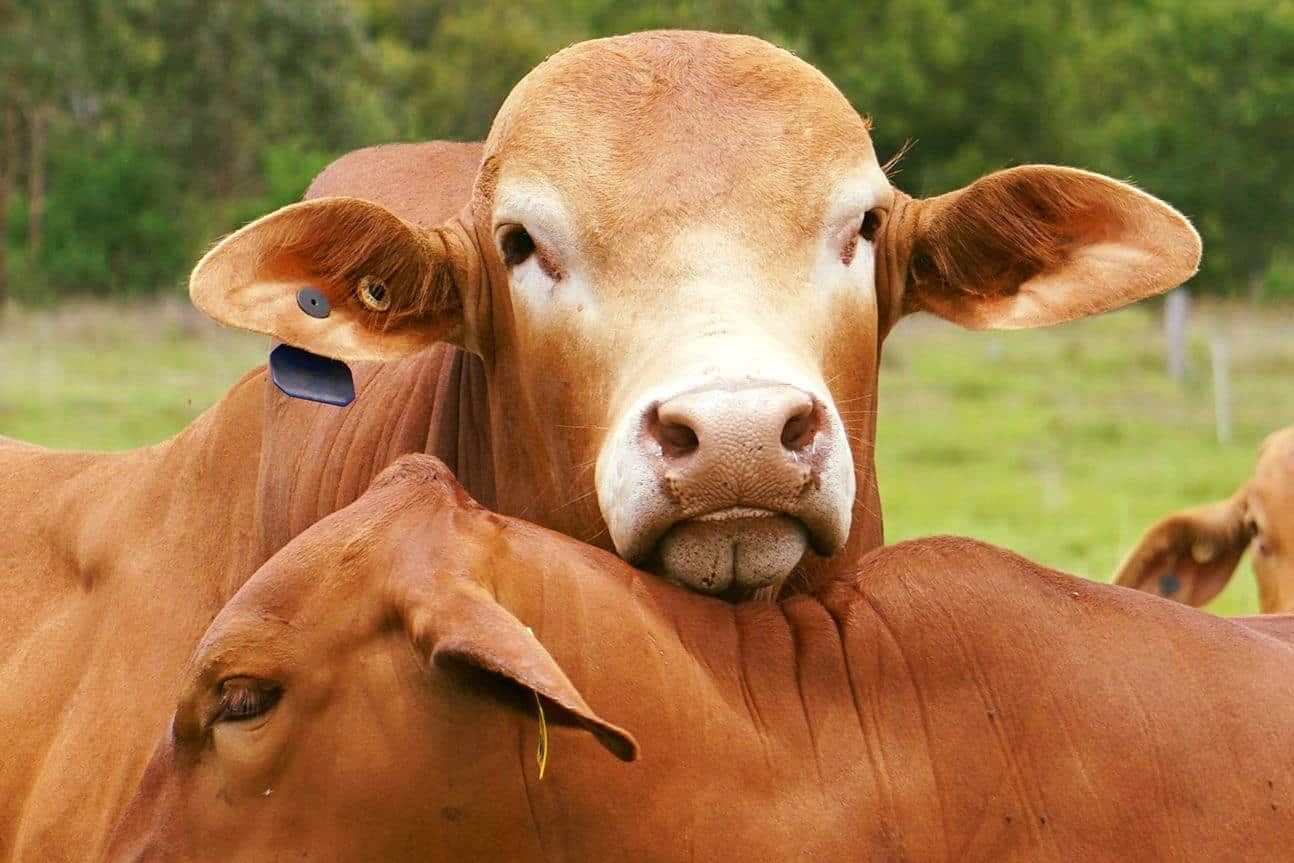
The Droughtmasters also don’t require a lot of food, so if you happen to be running a bit low, this may be the perfect time for you to get yourself a Droughtmaster.
Besides that, they have a very impressive digestive efficiency, which is mostly due to the fact that they have a small first stomach which recycles everything out quite skillfully.
As such, you can actually expect a steer to maintain a medium growth rate performance with only around 1.45kg, or 3lbs, of lower-quality hay per day. So, it’s no wonder why so many people are investing into Droughtmasters nowadays.
We also briefly mentioned before how this breed can easily tolerate the heat, which is no small feat considering the fact that this is the main cause of stress for most cattle out there.
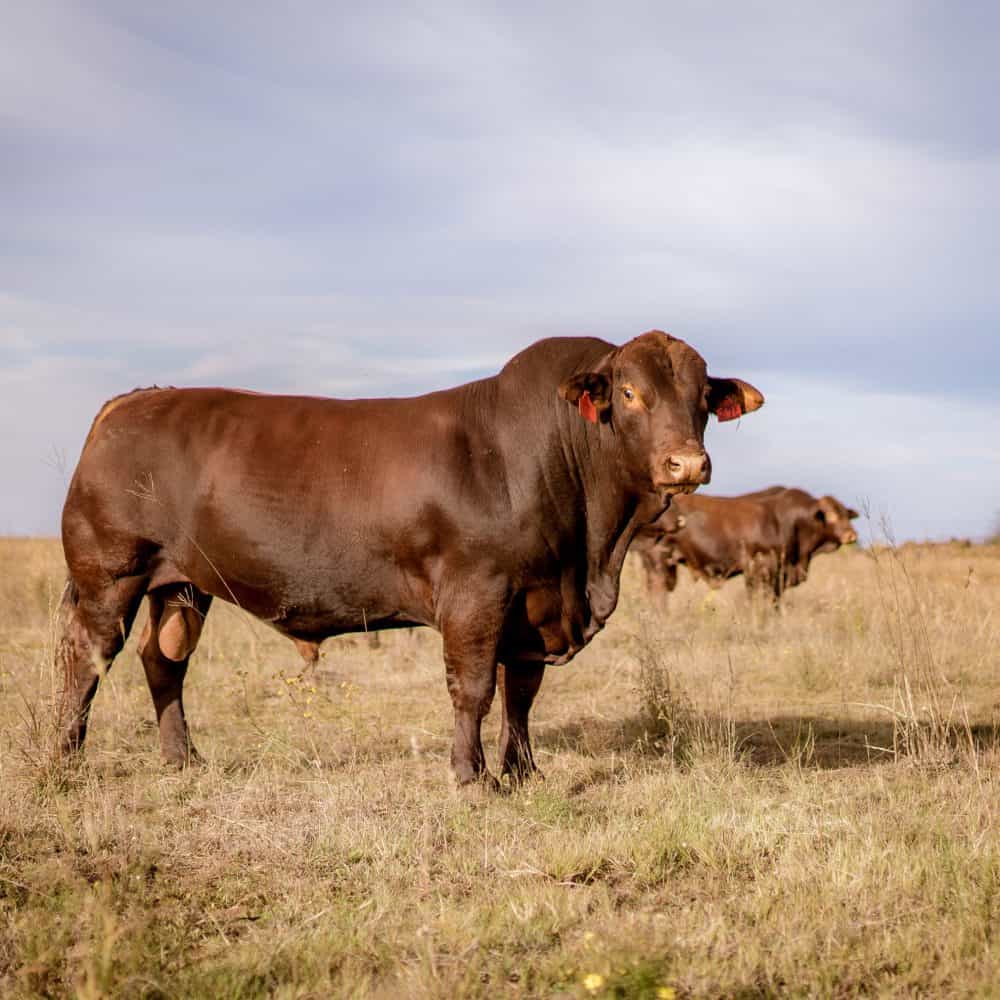
But, thanks to their loose and saggy skin they can easily survive through the most arid conditions imaginable. That, coupled with their low metabolic rate helps them stay cool, even when most other cattle would have a heat stroke.
But while all of that is quite common knowledge amongst cattle owners, there are several other benefits that most people don’t really associate with the Droughtmasters.
For example, did you know that they also have lower chances of eye problems? That is mostly due to their hooded eyes and of course, the red pigment they have which keeps them safe most of the time.
They are also very good at foraging and they’re exceptionally docile, making the Droughtmaster the perfect choice for any beginner out there.
Last but not least we would like to reemphasize the beef that they carry, as the Droughtmaster’s well-marbled, good-colored meat makes for a great addition to any dish out there.
All of this combined is what makes the Droughtmaster so popular these days. It has been a staple of the cattle industry in Australia for the past couple of decades now, and now it appears to have also spread further than ever before.
It can be found all around the globe today, including around Asia, Africa, South America and even the Middle East for that matter.
The Breeding and Selection of the Droughtmasters
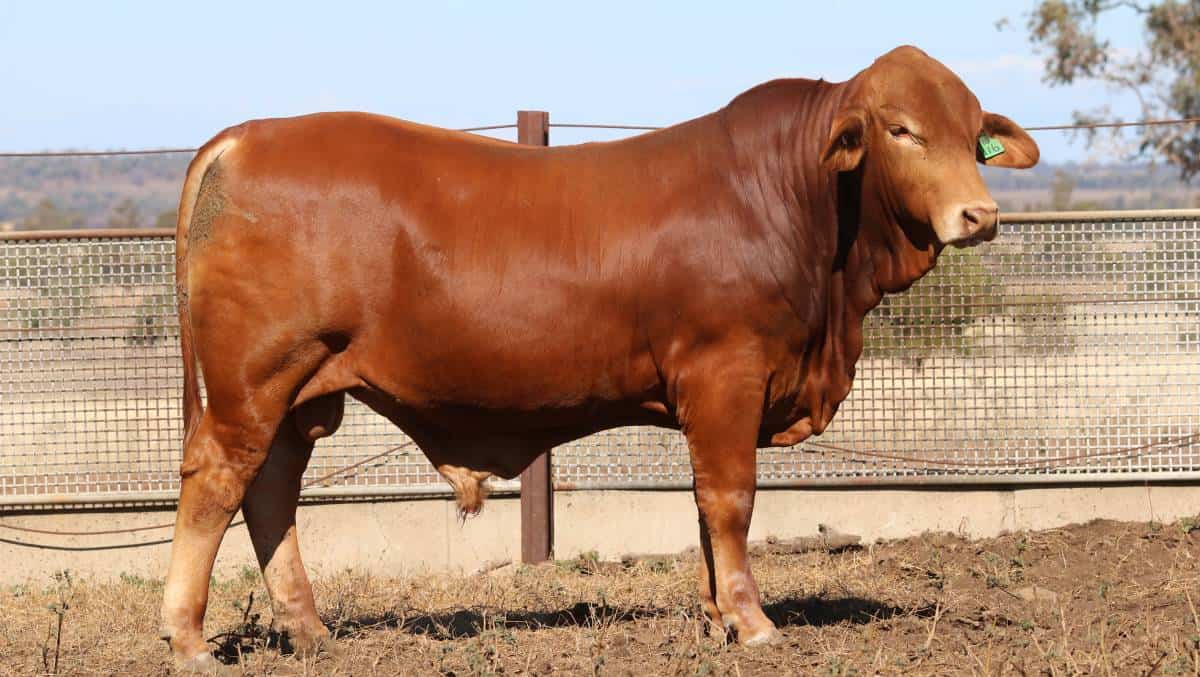
When it comes to their breeding season, the Droughtmasters start from October all the way up to December, with the heifers’ season also notably running from April to May.
You don’t really need to make use of any artificial insemination either, but if you want to you can make the process a lot easier in doing so.
Sometimes however, the artificial insemination process isn’t effective enough, which is why you’ll still need to take them to get better acquainted with the bulls after a few days or so.
For the most part, you can expect the artificial insemination process to have a success rate of 80%, so don’t expect every single cow that you artificially inseminate to calf immediately after.
Most farmers agree that heifers need to be bred after 20 months or so. You will be able to get your hands on a healthy calf around once per year too, but if the calves tend to come out with obvious deformities you may want to retire that heifer.
Most heifer’s calves weigh in at around 25 to 30kg too, while bull calves tend to weigh in at around 28 to 33kg or so.
Once the bull calves reach the ripe old age of four months old you should inspect them all individually and give them a grade from one to ten.
The ratings should be based on their size, muscle, strength, mobility and fertility for the bulls while for the heifers they need to look a bit more feminine with a clear wedge shape.
Overall, you shouldn’t encounter any real issues when breeding the Droughtmasters for yourself. This is made especially true by the fact that this breed calves easily, has high libido, fertility and adaptability and is very good at reproducing.
The Growing Popularity of the Droughtmasters
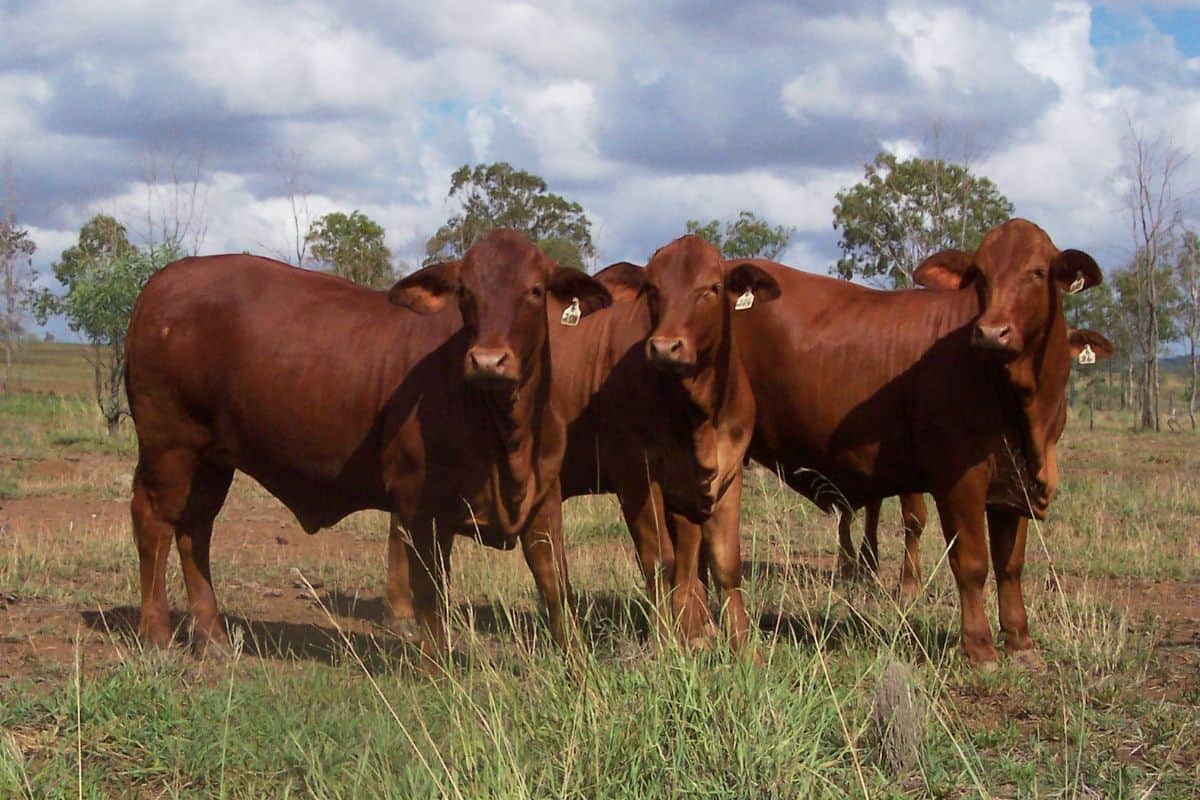
Ask any current Droughtmaster owner and they’ll tell you right off the bat that they would never even consider going for a different cattle breed, and for good reason too.
As soon as the breed started to be commercialized across the seas it became clear that there was no slowing down anymore, it is going to spread further and further, growing in popularity with every passing year.
There is a near insatiable demand for red cattle these days too, especially so when it comes to smooth-coated female animals as they’re very sought-after in particular.
So, the Droughtmasters actually check off all of the boxes to become sensational moneymaking machines and they’re pretty much future-proof.
Breeders all across the globe have also started to acknowledge them thanks to their fertility, longevity and simplicity, and, as we mentioned time and time again now, they make for some of the best beginner cattle out there.
They are very easy to farm and they’re very profitable, especially so considering just how low-cost they are to maintain.
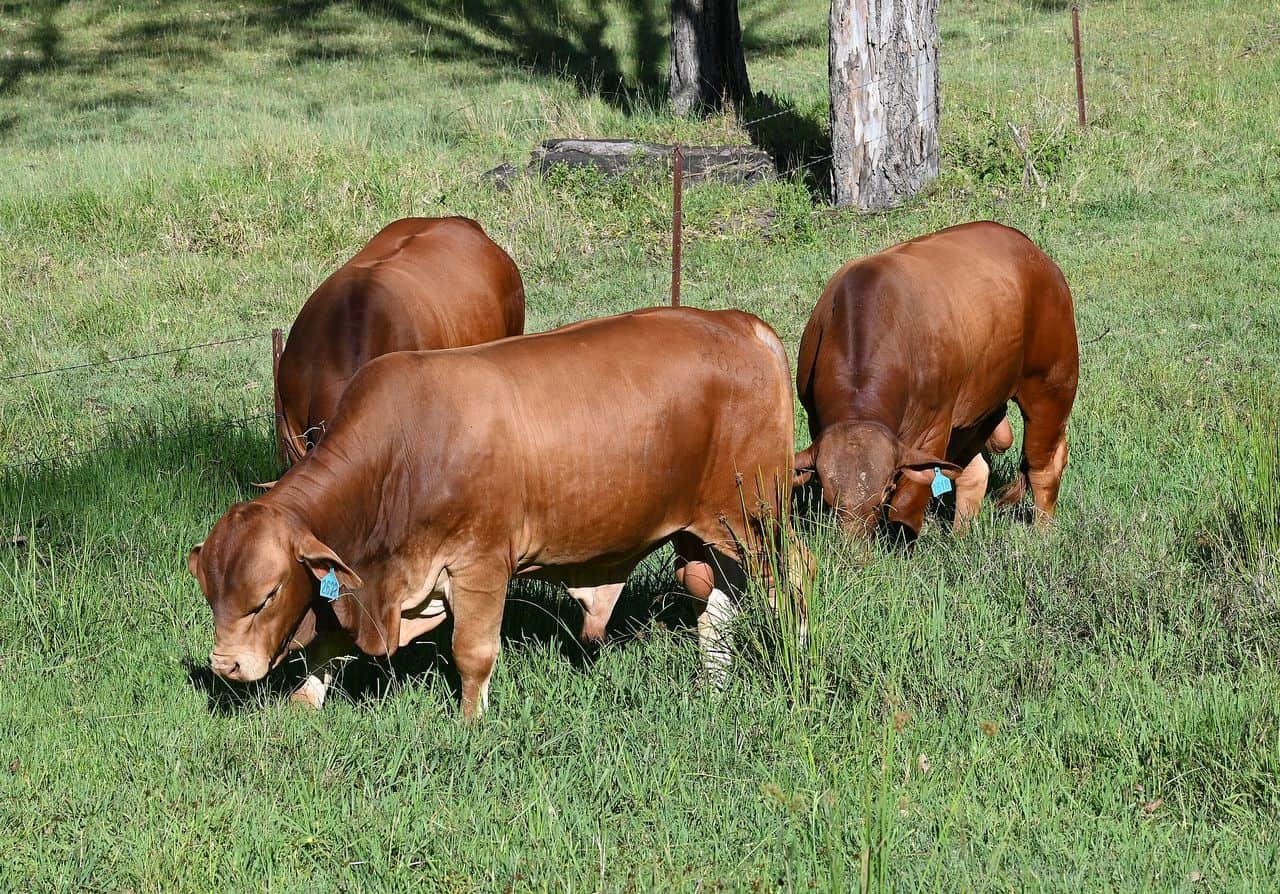
Most other breeds will demand frequent vaccines, a lot more food and water and a lot more care, but the Droughtmasters on the other end can pretty much withstand anything, including low-feed seasons, and they can still thrive through all of it.
Because of their high-demand they are also very easy to find these days, as more and more breeders have started to invest into them so you should have no problem getting your hands on one right now.
Interestingly enough, the Bos Indicus breeds and the derived Bos Indicus breeds tend to be quite violent, but despite being related to them, the Droughtmasters are very docile creatures.
They will very rarely start a fight, and even under immense stress they will not panic and instead just adapt to overcome their problems.
As such, if you want to make sure that you will never have to worry about your bull picking a fight with your other farm animals, you may want to invest into one of these Droughtmasters right here.
This is important to note since a bad attitude in itself isn’t too bad, until you realize the fact that this bad attitude is attached to a one-ton beast.
Conclusion
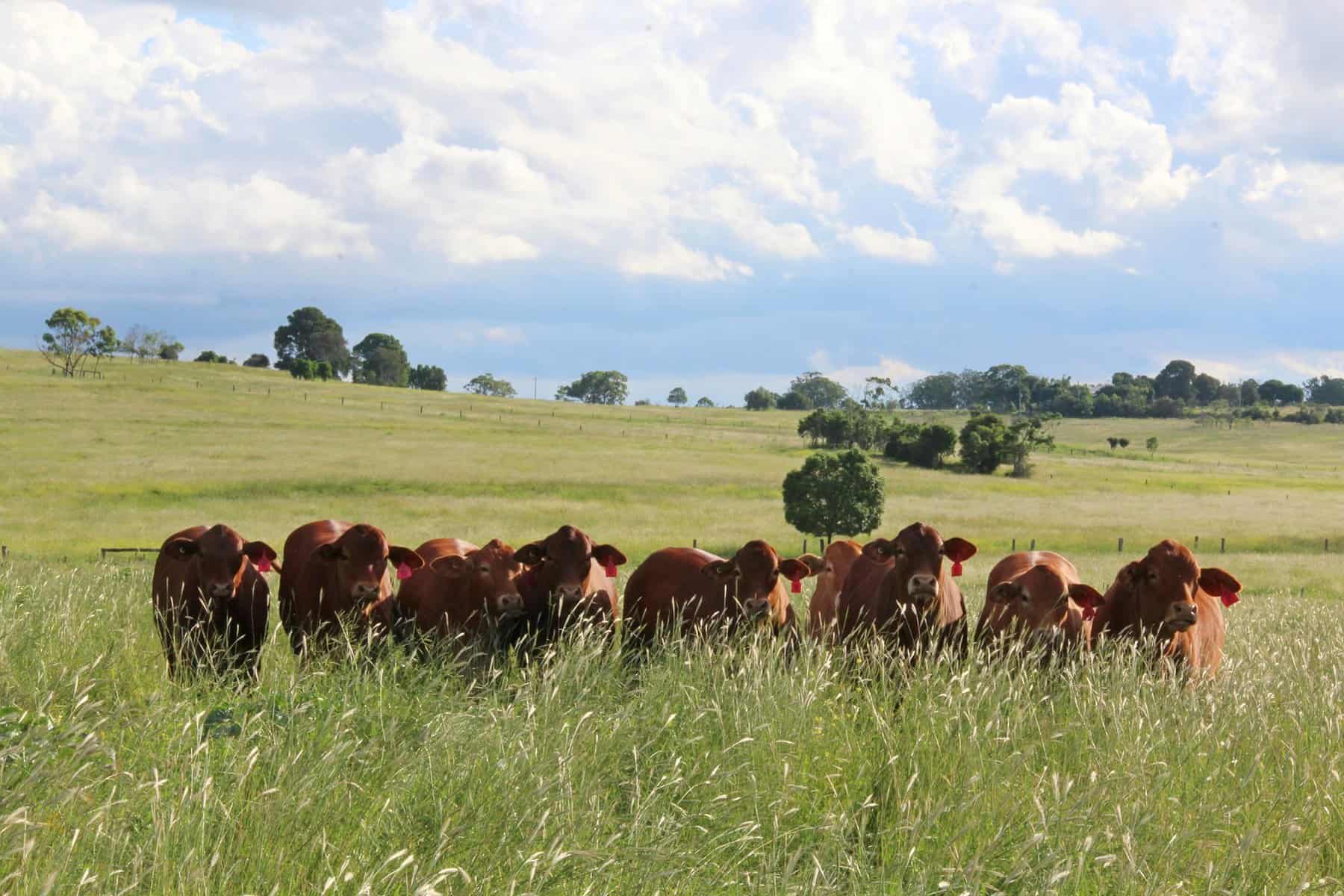
So, should you get yourself a Droughtmaster? Honestly, we believe that everybody should at the very least consider going for one, simply because of how easy and cost efficient they are to raise.
They do get quite large though, so do keep that in mind. While they are technically medium sized cattle, they have a very muscular frame and are known for not knowing their own strength, so they can easily break down walls by accident.
As such, you will need to give them a bit of an extra roaming space to make sure that they don’t end up escaping anytime soon, for their own good of course.


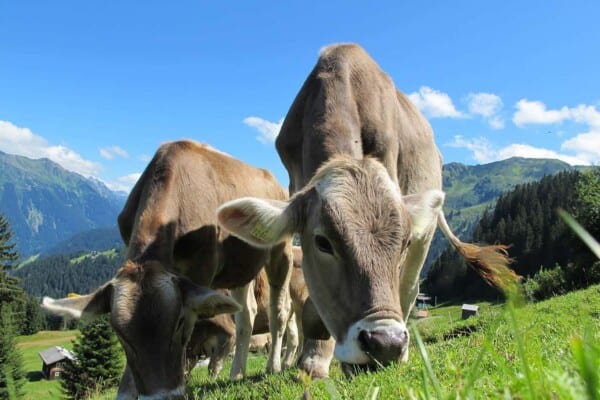

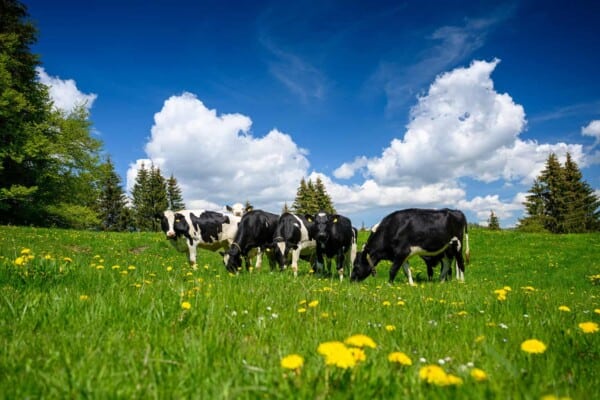
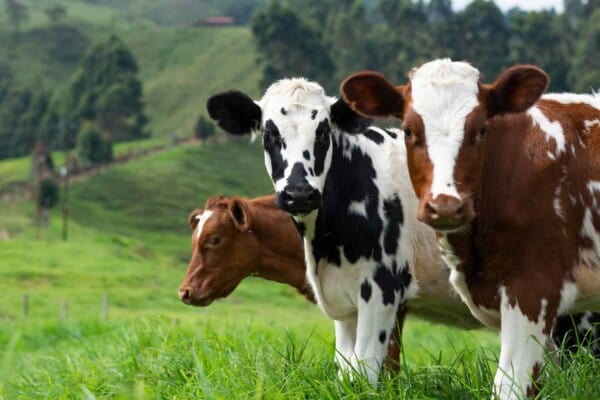

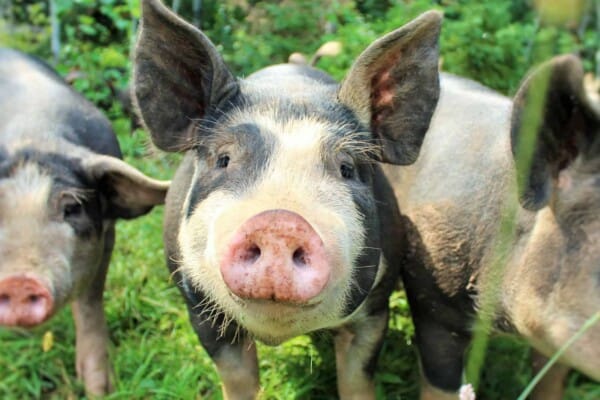
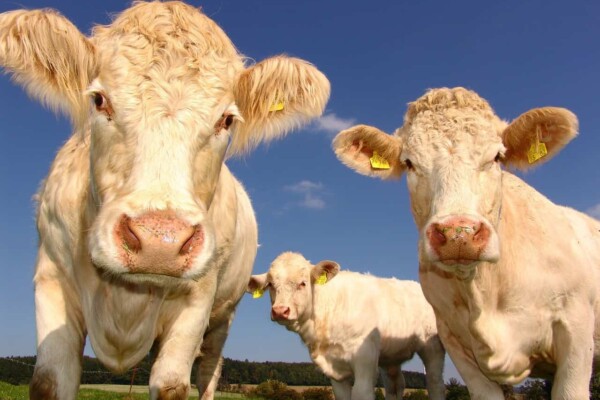
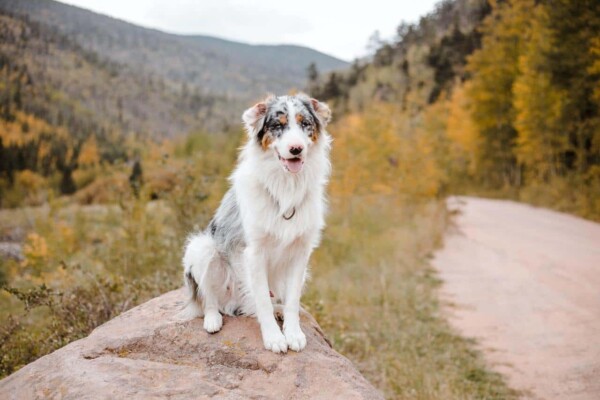
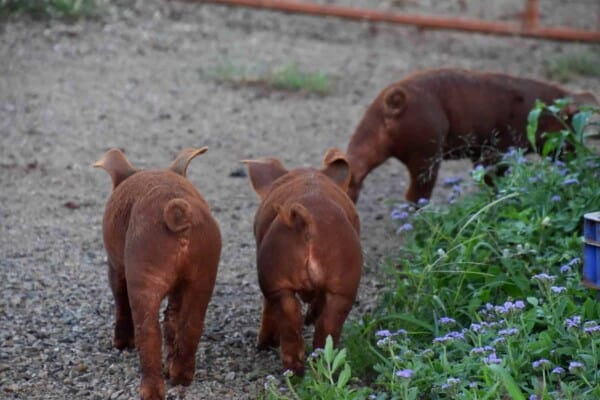
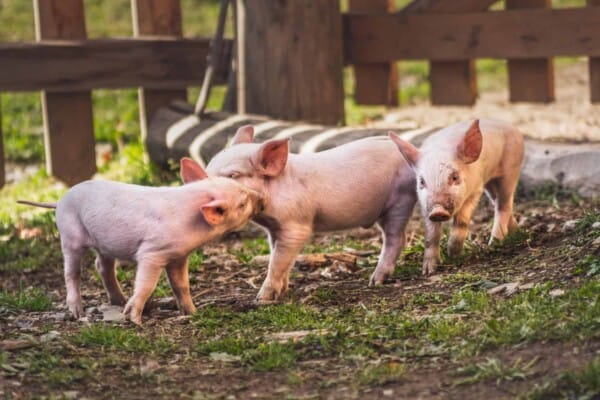
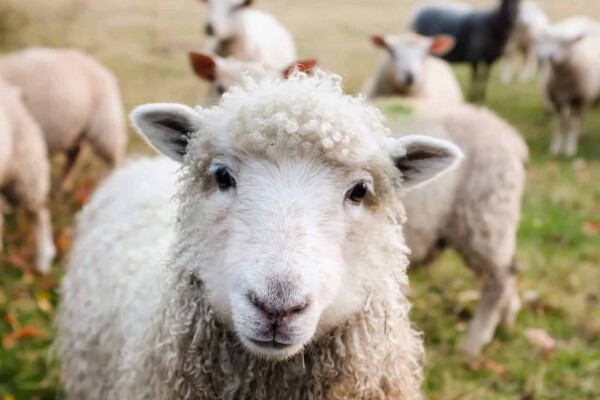
Am so excited, it’s my first time viewing , I always loved the Drought master but never knew the name . The cows are so beautiful . Just want to see more . Thank you
We’ve been running Droughtmasters for 14 years now and they are very low maintenance and very high quality.
Cheers,
Aiden